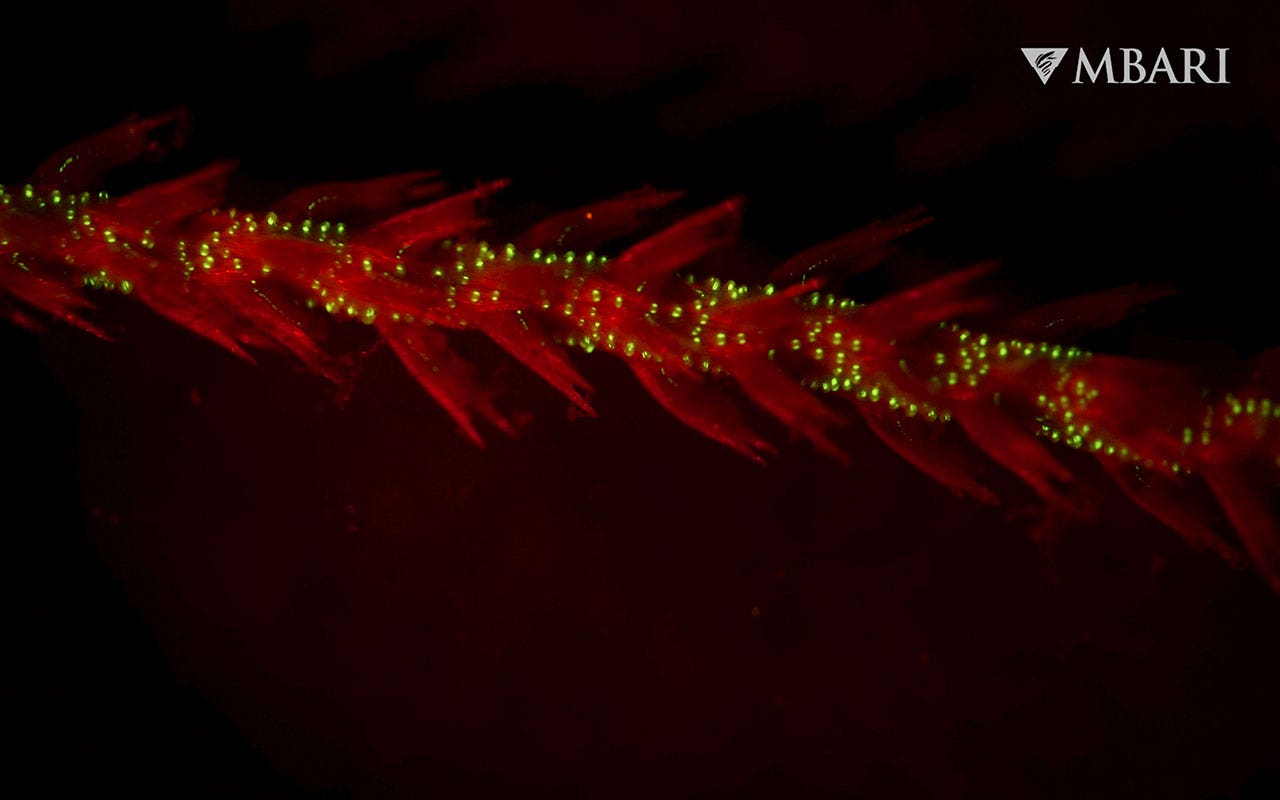Behind a line of fencing in the woodlands of Mount Royal Park, a white trillium plant is slowly gaining strength, safe from passing runners and cyclists.
It can take up to 10 years for the plant to produce its first bloom, which lasts for around three weeks in early spring.
This trillium is considered an at-risk plant species in Quebec. But as Mount Royal, Montreal’s landmark park, becomes more popular — at last count there were more than five million visitors annually — its rich plant life is more vulnerable to humans.
“It’s an evolving problem,” said Antonin St-Jean, the head of conservation at Les Amis de la Montagne, the stewards of Mount Royal.
On a recent walk through the park, St-Jean explained how visitors can damage plants through their recreational activities, such as mountain biking, trail running and walking off-trail. Conservationists are trying to strike a balance between keeping the park accessible to visitors and preserving the natural environment that makes it special.
“There were many fewer people on the mountain maybe 20-odd years ago,” he said. “I think now it has become very popular, and since COVID, even more popular.”
With more and more people making use of Montreal’s Mount Royal Park for various activities, conservation efforts have increased to protect some of the park’s unique plant species.
Rise of urban nature parks
Similar conservation programs are underway in other urban parks.
High Park in Toronto, for instance, has a stewardship group that plants native species and removes invasive ones. Volunteers at Vancouver’s Stanley Park survey its trails and forested areas to monitor the impact and spread of invasive plants.
Parks Canada has committed to developing 15 new national urban parks by 2030. Last spring, the federal government set aside $36 million over five years for Ojibway National Urban Park in Windsor, Ont.
Dylan Rawlyk, a manager at the environmental organization Nature Canada, works with park groups across the country to help them protect rare species.
“It’s a constant challenge,” he said.
Efforts to preserve biodiversity in the southern part of Canada are particularly important, he said: “It’s where we have most of our population, but it’s also one of the most biodiverse areas in Canada. And so inherently, there’s always this tension.
“Certain measures have to be put into place to ensure that place remains that beautiful natural area, [which is] why people are coming there in the first place.”

Protecting at-risk plant species
Mount Royal is home to more than 700 species of plants, 90 species of trees and 180 different birds. It is also home to 10 plant species at risk in Quebec, including the white trillium, large-flowered bellwort and Canada bloodroot.
Bloodroot is particularly delicate.
Each spring, its rootstock produces a single palmate leaf and bears a single white flower that emerges in spring, providing a vital food source for many insects early in the season.

“Only a few percent of the seeds will actually germinate, and most of the time they have to go many years before they can produce their first flowers,” said St-Jean, of Les Amis de la Montagne.
The Mount Royal park group is also trying to remove invasive species, like the dog-strangling vine, that are spreading through the forested area and threatening some of the plant life.
“We have the chance to have really large populations of these different plant species, which is quite rare in southern Quebec,” he said.








